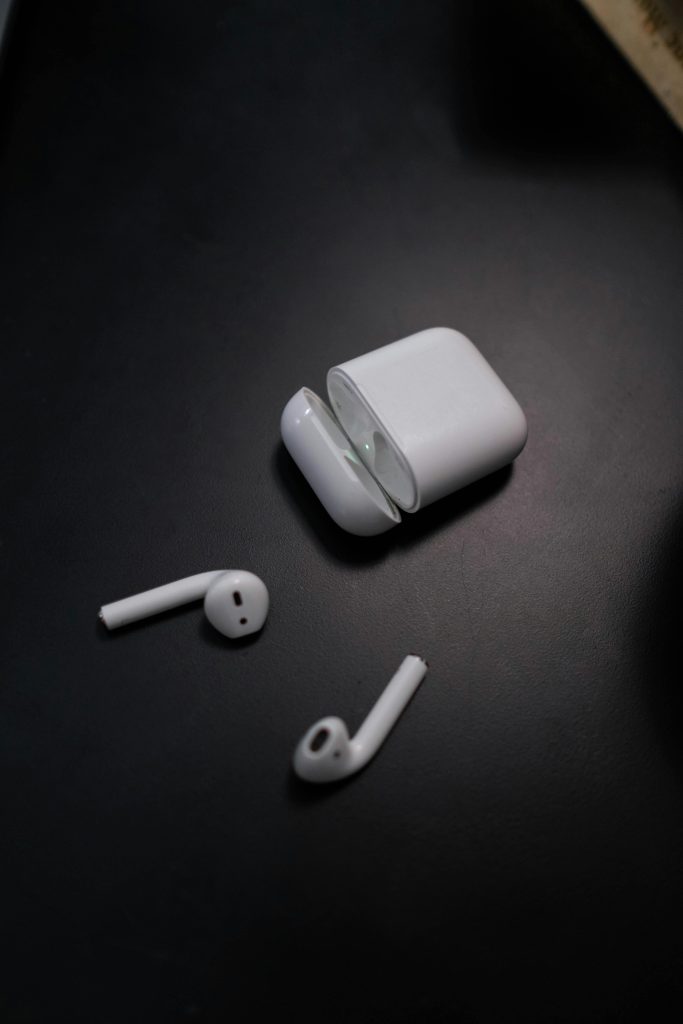Title: Recovering Your PC: How to Remove a Modified OS and Access BIOS
In today’s digital age, ensuring the integrity of your operating system is paramount to maintaining a secure and functional computer. Recently, I encountered a rather troublesome situation involving my parents’ computer. After experiencing software issues, a technician stepped in to fix the problems. Unfortunately, instead of reverting the machine to its original state, he opted to install a third-party modified version of Windows 10. While familiar among certain communities, this version raises significant concerns regarding security and stability. Recognizing the importance of using the legitimate edition of Windows, I decided it was best to reinstall the original operating system using an ISO file directly from Microsoft.
However, my quest to access the BIOS of this older PC has posed quite the challenge. Despite numerous attempts at the standard methods to enter the BIOS setup—such as repeatedly pressing keys like ESC, F1, F2, or F3 during bootup—none have yielded results. Even navigating through the advanced settings offered no access to the BIOS or UEFI. My attempts to use the command prompt to prompt a firmware interface were met with an unhelpful message stating that a UI for firmware is unavailable.
Moreover, utilizing the Windows Media Creation Tool to attempt a reinstallation did not resolve the issue, as the modified operating system stubbornly persisted. Given these hurdles, I’m in search of alternative strategies to regain access to the BIOS. If it proves impossible, I would appreciate guidance on how to successfully reinstall Windows 10 via USB without accessing the BIOS setup. Ideally, I would like to retain personal files, but if that is not feasible, I am prepared to consider more drastic options.
If anyone has insights or recommendations on how to navigate this situation, your assistance would be immensely appreciated. Thank you for taking the time to read my predicament!
Share this content:




Hi, thank you for reaching out with your detailed explanation. Accessing BIOS or UEFI firmware can sometimes be tricky, especially on older or OEM systems that might have customized firmware interfaces. Here are some suggestions that might help you regain access: